Table of Contents
Yoga and meditation are the two age-old techniques gaining prevalence in modern society to be the key players in the promotion of physical and mental wellness. Due to their long connection with Eastern traditions and the mutual objective of attaining the equilibrium of the body, mind, and soul, both these techniques have been the backbone of these two practices for centuries. Yoga is more of a physical activity where flexibility, strength, and bodily well-being are improved mainly through the application of postures and breath control, breathing exercises are integral. On the other hand, meditation is a mental activity that requires mental attention to be drawn to the present moment.
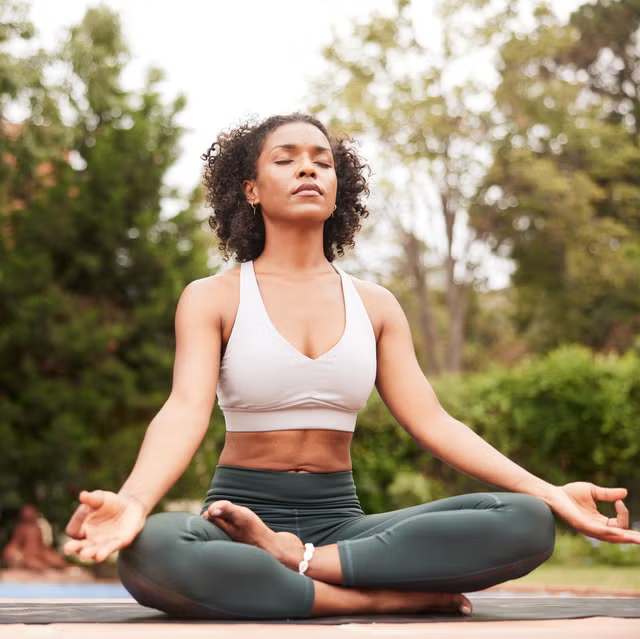
Although having different outlooks both meditation and yoga have been proven to be effective in battling stress, elevating concentration skills, and the regularization of the stress levels. The aim here is to discuss the differentiating and common characteristics. This Yoga vs Meditation guide provides insight into each practice’s unique aspects, helping you select the one that fits your wellness goals.
What is Yoga?
Yoga is a holistic practice that involves the combination of physical poses (asanas), breathing exercises (pranayama) , meditation, and ethical principles (yamas and niyamas), to advance the health, well-being, and spiritual development of the individual. The term “yoga” is derived from the Sanskrit root “yuj,” which translates to unite or join, this signifies that the relation between the body, mind, and spirit is established.
Origins of Yoga:
Yoga is an ancient Indian practice that dates back more than 5,000 years to the ancient civilizations of India. It was at first conceived as a spiritual practice aimed at discovering the truth and it was the powerful Vedic texts followed by the Upanishads. The great yogic sages, such as Patanjali systematized the practice and he came up with eight limbs of yoga that can be found in the Yoga Sutras, thus providing a structured path for spiritual and physical development.
Key Components of Yoga:

Yoga consists of several components, each contributing to a holistic approach to wellness:
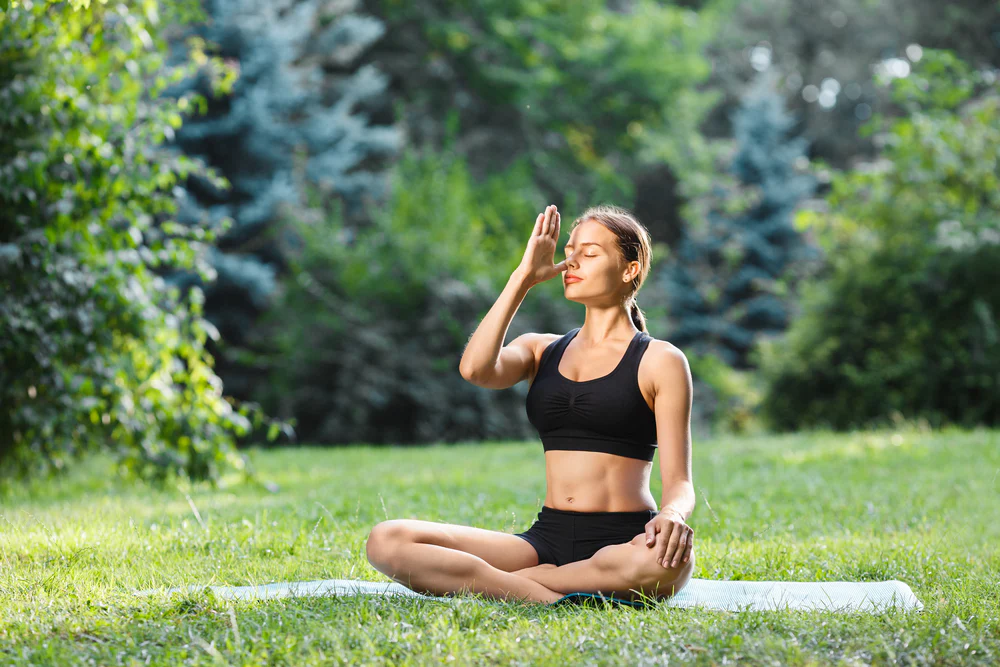
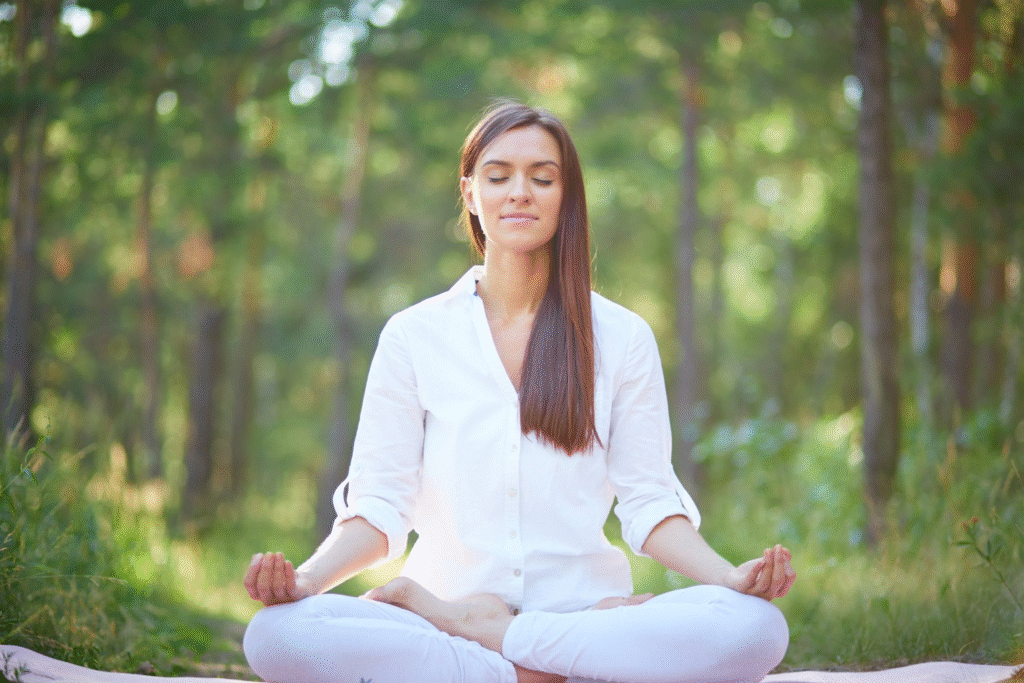
- Asanas (Physical Postures): The most known feature of yoga is its physical postures. The main aim of these poses is to increase flexibility, strength and balance.
- Pranayama (Breath Control): Breath control techniques deal with regulating the prana, which is the life force in the body and allows the nervous system to calm down and fosters the mind to be clear.
- Dhyana (Meditation): The practice of yoga includes meditation as the central skill for mindfulness that also enables us to concentrate, stay focused, and live peacefully.
- Yamas and Niyamas (Ethical Guidelines): These are moral standards that serve as a guide to the behaviour of the individuals while also promoting good virtues like non-violence, truthfulness, self-discipline, and contentment.
Yoga Styles:
There are many styles of yoga, each offering a unique approach to the practice. Some of the most popular styles include:
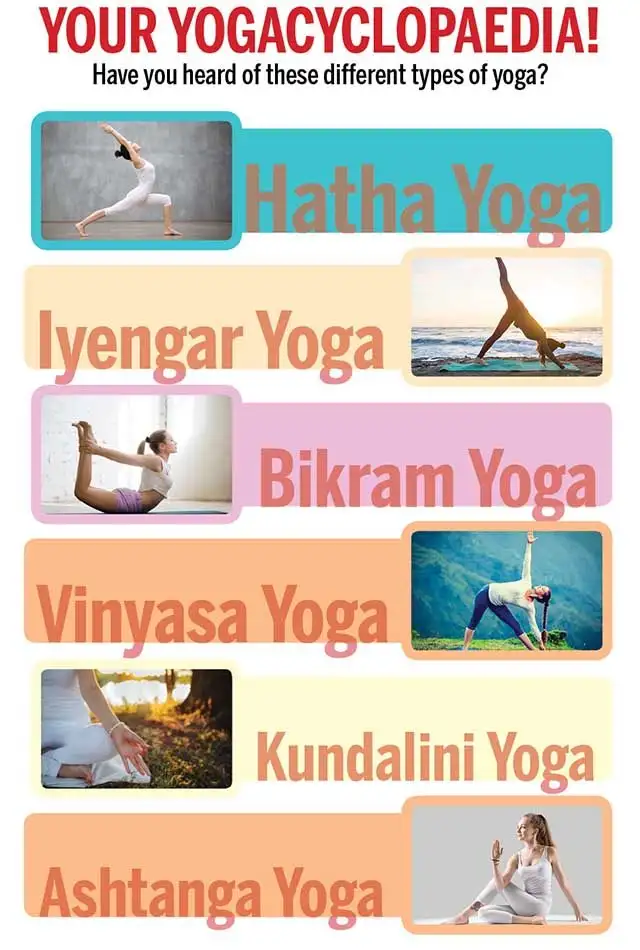
- Hatha Yoga: Hatha yoga is a branch of yoga that uses physical techniques to try to preserve and channel vital force or energy.
- Vinyasa Yoga: Vinyasa is a smooth transition between asanas in flowing styles of modern yoga as exercise such as Vinyasa Krama Yoga and Ashtanga Vinyasa Yoga.
- Ashtanga Yoga: A powerful and flowing yoga style that is followed by a set series of postures and breath control.
- Kundalini Yoga: A religious style practicing the awakening of energy, consisting of specific postures, mantras, and breathwork.
- Yin Yoga: This type is less active and more receptive as it requires you to maintain long postures. This is done to enhance flexibility and relaxation, quickly.
What is Meditation?
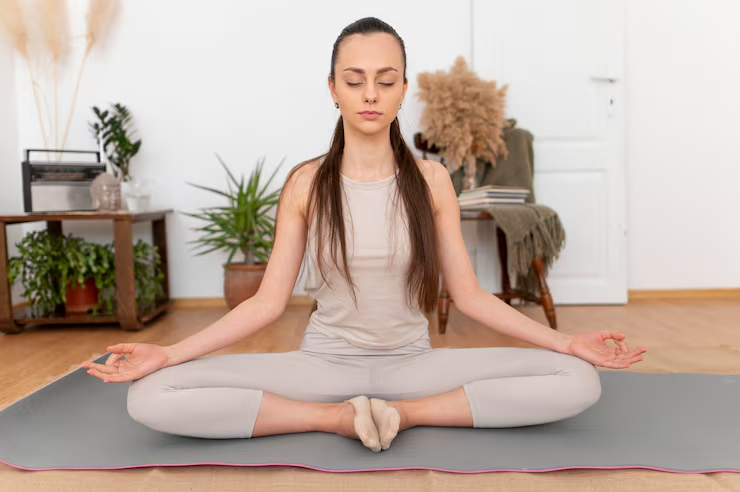
Meditation is a profound method of getting close to the actuality of the mind that it has been recorded as: a state of profound relaxation and intense wakefulness. Meditation is the ability to be able to focus and be present in the moment. The positive effects of meditation are quite comprehensive, such as the ability to reduce stress, increase concentration, be calm, attuned, and peace with the environment.
Role of Meditation in Stress Reduction:
It has been shown in countless scientific studies that meditation can play a key role in not only lowering stress levels but also decreasing symptoms of anxiety. With meditation, the body’s relaxation response is activated, causing the reduction of the heart rate and the decrease of cortisol (the stress hormone). With mindfulness meditation as a tool, the yogis can be aware of their thoughts without getting attached to them, which leads to better emotional control in response to stressful situations.https://naturepulse.in/yoga-vs-meditation-7-powerful-differences-you-must-know/
Types of Meditation:
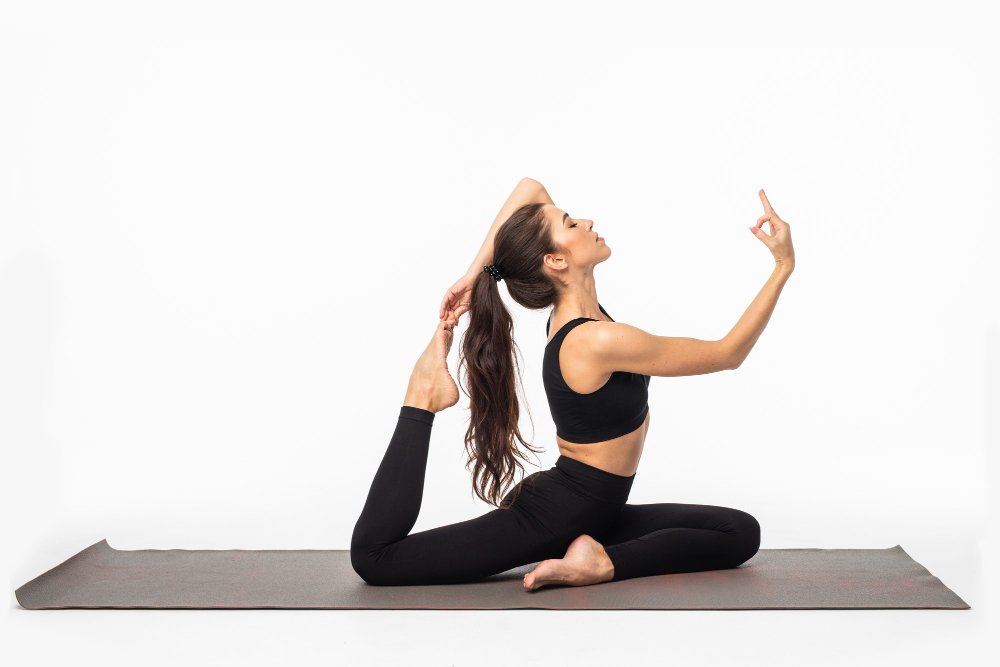

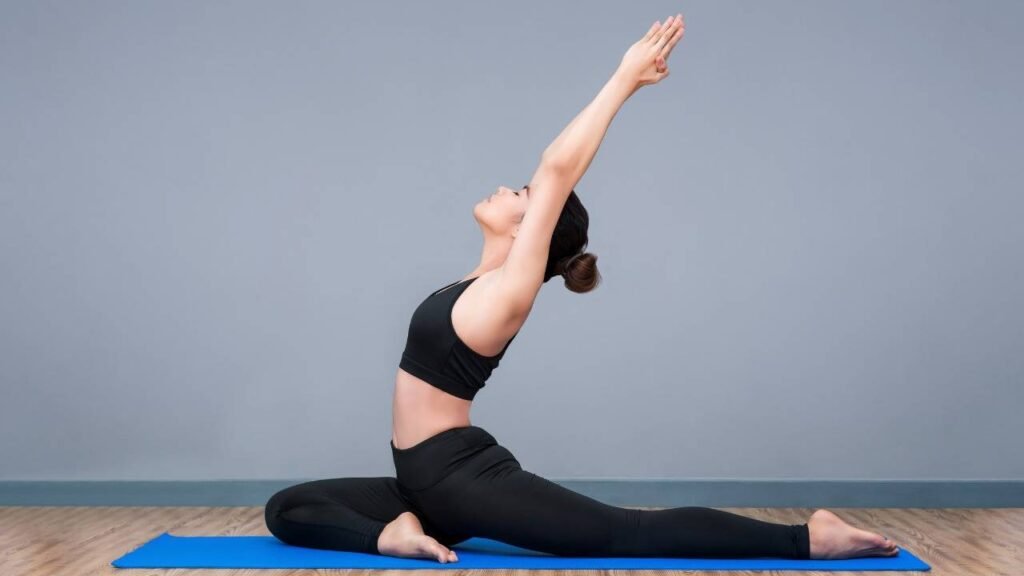
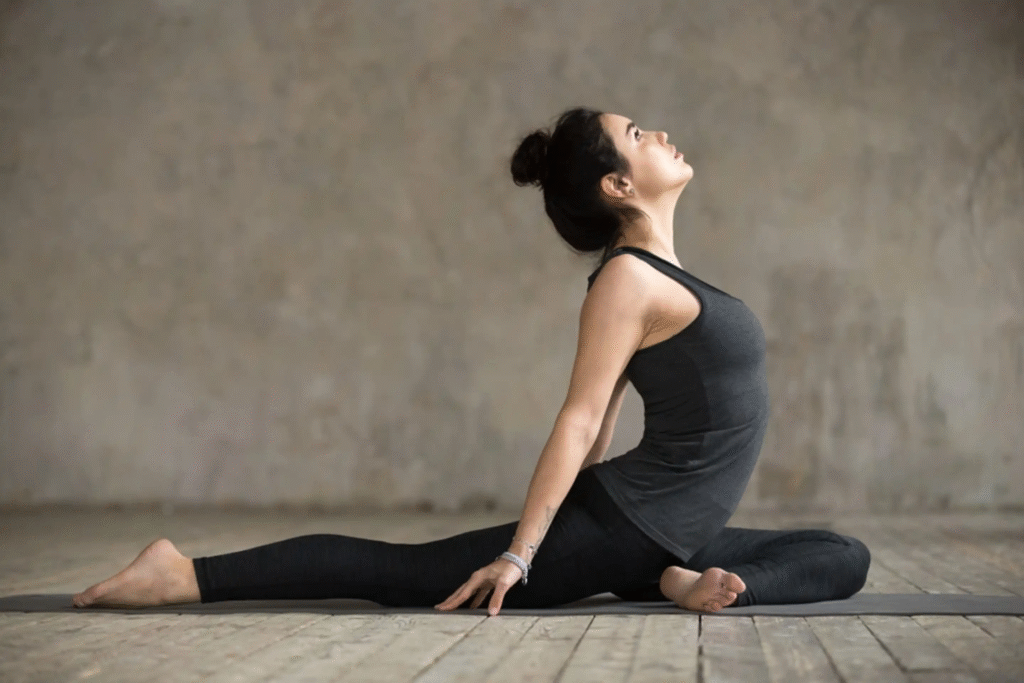
There are various types of meditation, each with its own techniques and goals. Some common types include:
- Mindfulness Meditation: Being able to be present in the moment and having the ability to completely control one’s thoughts and feelings.
- Transcendental Meditation: Phrased in a way that it virtually energizes and helps the mind reach the calmness through a “transcendental” sound.
- Guided Meditation: Meditation process that is done by another individual through narration that includes the facilitating of mental relaxation. It may also involve mental imagery and visualizing positive suggestions.
- Loving-Kindness Meditation: A mindful type of meditation that trains the mind in focusing on the development of a mental state of friendliness or loving-kindness. https://naturepulse.in/yoga-vs-meditation-7-powerful-differences-you-must-know/
Yoga vs. Meditation: Key Differences
While both Yoga vs Meditation aim to promote stress relief, focus, and happiness, they differ in their practices and the aftereffects each offers. Below are the key differences between the two.
| Aspect | Yoga | Meditation |
| Definition | A physical, mental, and spiritual practice involving postures, breath control, and meditation. | A mental practice that focuses on concentration and mindfulness to achieve relaxation and inner peace. |
| Focus | Physical postures, breath control, and meditation to unite body, mind, and spirit. | Primarily focuses on the mind, awareness, and mental clarity. |
| Physical Activity | Involves movement through physical poses and sequences. | No physical movement; focuses solely on mental exercises. |
| Mental Engagement | A combination of physical and mental discipline that helps improve focus and relaxation. | Primarily a mental discipline that fosters mindfulness, awareness, and stress relief. |
| Benefits | Improves flexibility, strength, balance, and physical health; reduces stress and anxiety; promotes overall wellness. | Reduces stress, anxiety, and depression; enhances emotional regulation, mindfulness, and focus. |
| Time Commitment | Varies; classes typically last 60-90 minutes. | Can be done in short sessions (5-10 minutes) or longer periods (30 minutes or more). |
| Tools/Equipment | Requires a Yoga mat and sometimes props like blocks, straps, or bolsters. | No equipment required, though some prefer a cushion for seated meditation. |

Conclusion
This Yoga vs Meditation guide focuses on the treasuries of beneficial effects for the mind and body, and you need to decide according to personal preferences, lifestyle, and wellness goals. In the context of Yoga, yoga is a practice that is more physical, integrating both the physical movement and the mindfulness to cultivate strength, flexibility, and relaxation. Meditation, conversely, gives rise to a more inherent type of practice in which mental clarity and emotional wellness are the key.
People who are looking for a full-spectrum program covering both physical exercise and the centralising of the mind on the present moment might prefer yoga. On the other hand, if you are inclined more towards the mental relaxation and mindfulness aspects, meditation could be more of your choice. Combining both practices can assure you greater flexibility, physical health and mental peace.
#HolisticHealing #StressRelief #MentalHealthMatters #HealthyMindHealthyBody #MindBodySoul #SpiritualWellness #DailyMeditation#Carrerbook#Anslation #YogaEveryday #WellnessTips #CalmMind


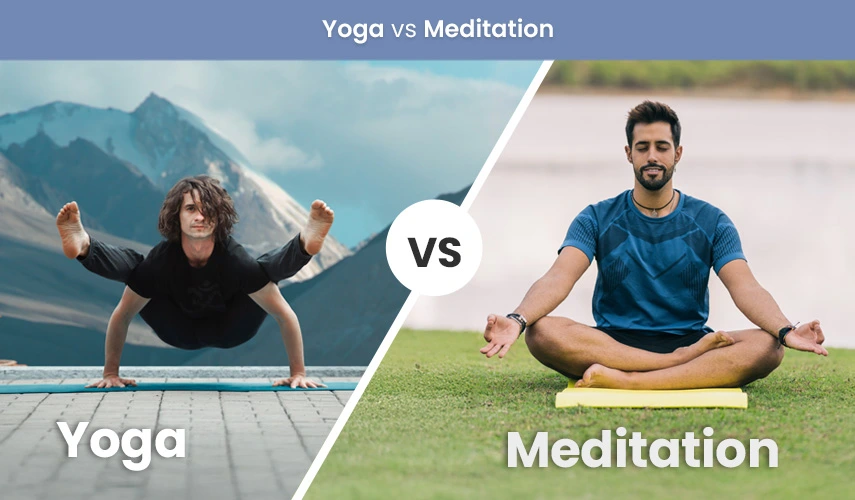


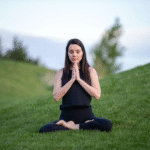
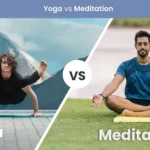
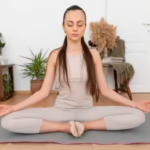
Leave a Reply